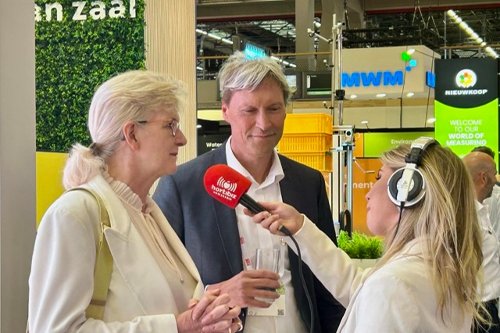What crops can be grown in a vertical farm?
Added on 30 May 2023

What is vertical farming and how does it work?
Vertical farming is an agricultural method that involves growing crops in vertically stacked layers, using controlled environment agriculture (CEA) technology, such as hydroponics or aquaponics. IGS vertical farms take CEA further with total controlled environment agriculture (TCEA) which provides a fully controlled and predictable microclimate by controlling environmental elements such as heat, light, water and nutrient delivery. By controlling these elements, this method of farming enables year-round crop production.
In a vertical farm, artificial lighting, temperature, humidity, and nutrient solutions are controlled to create growth recipes depending on the crops in each layer to ensure the best possible growth and yield.
Why would you choose vertical farming?
Before we explore why growers would choose to integrate vertical farming into their operations, it's essential to understand that this method is not meant to completely replace traditional farms or existing greenhouse technology, but rather to complement and enhance them. The benefits of each agriculture system can be maximised by working together to create a more sustainable future for food production.
Let's take a look at the several advantages vertical farming offers and how it can be used to improve the production, efficiency and sustainability of existing growing operations
The main benefit of vertical farming is its ability to produce crops year-round, regardless of weather conditions and seasonality. This is achieved through control of the entire growing environment (heat, light, air, humidity) which allows for continuous crop production in a bio-secure environment. In contrast, other farming methods rely on seasonal weather patterns which, due to the erratic and unreliable weather patterns, can limit the production and yield of crops. This is especially suited to seed to harvest crops such as leafy greens, micro-greens and herbs.
Photo: IGS
More news















